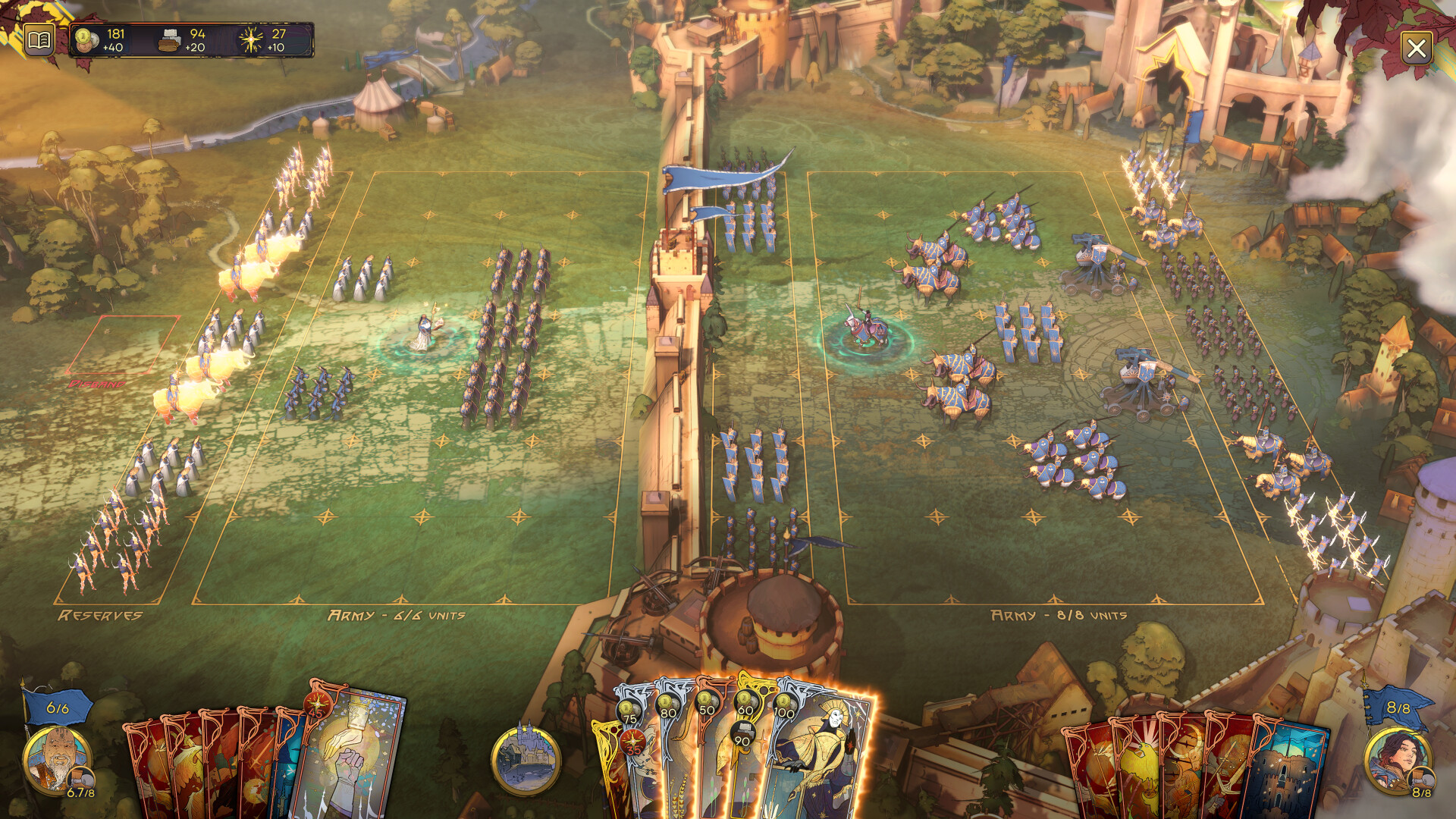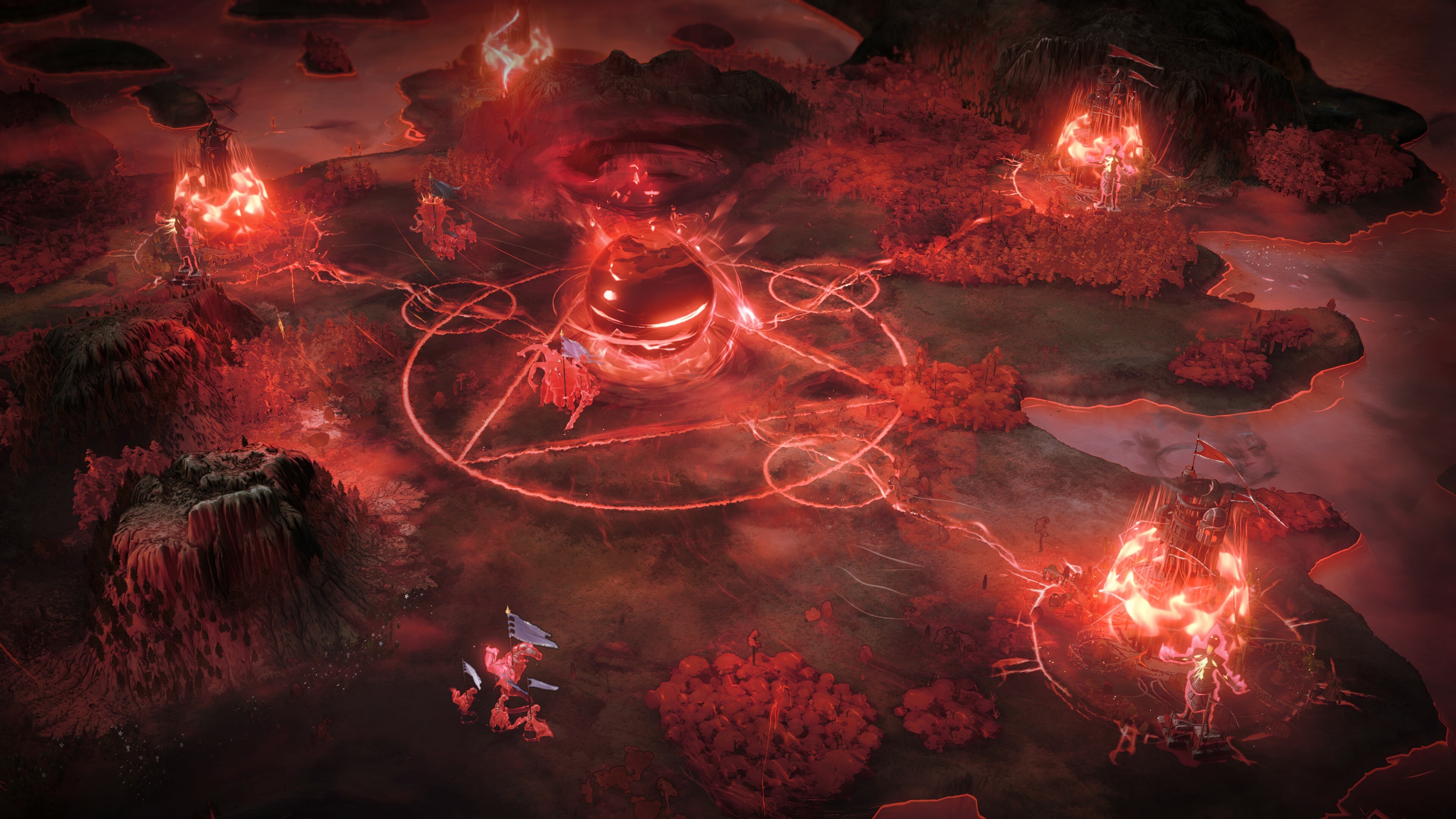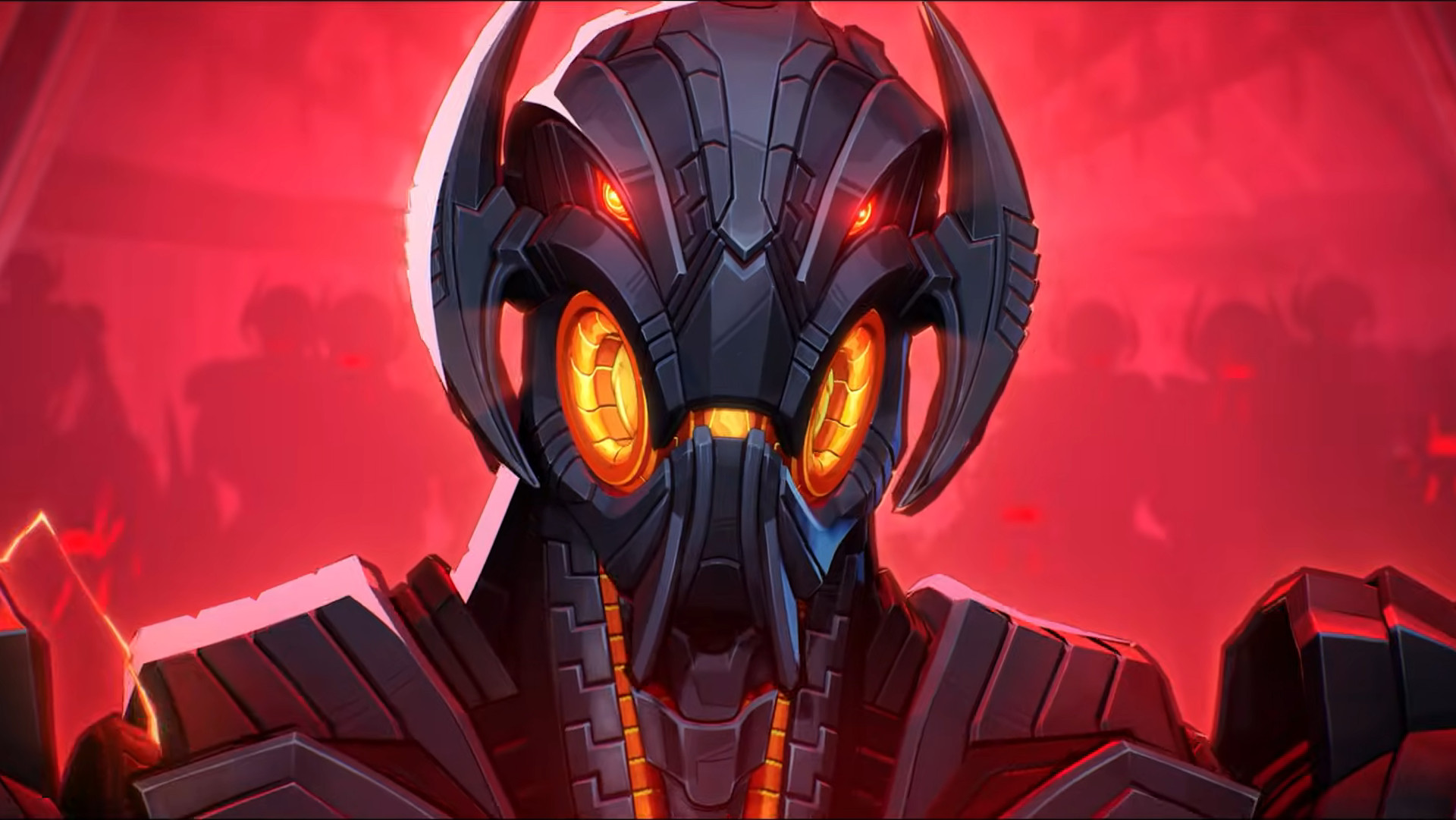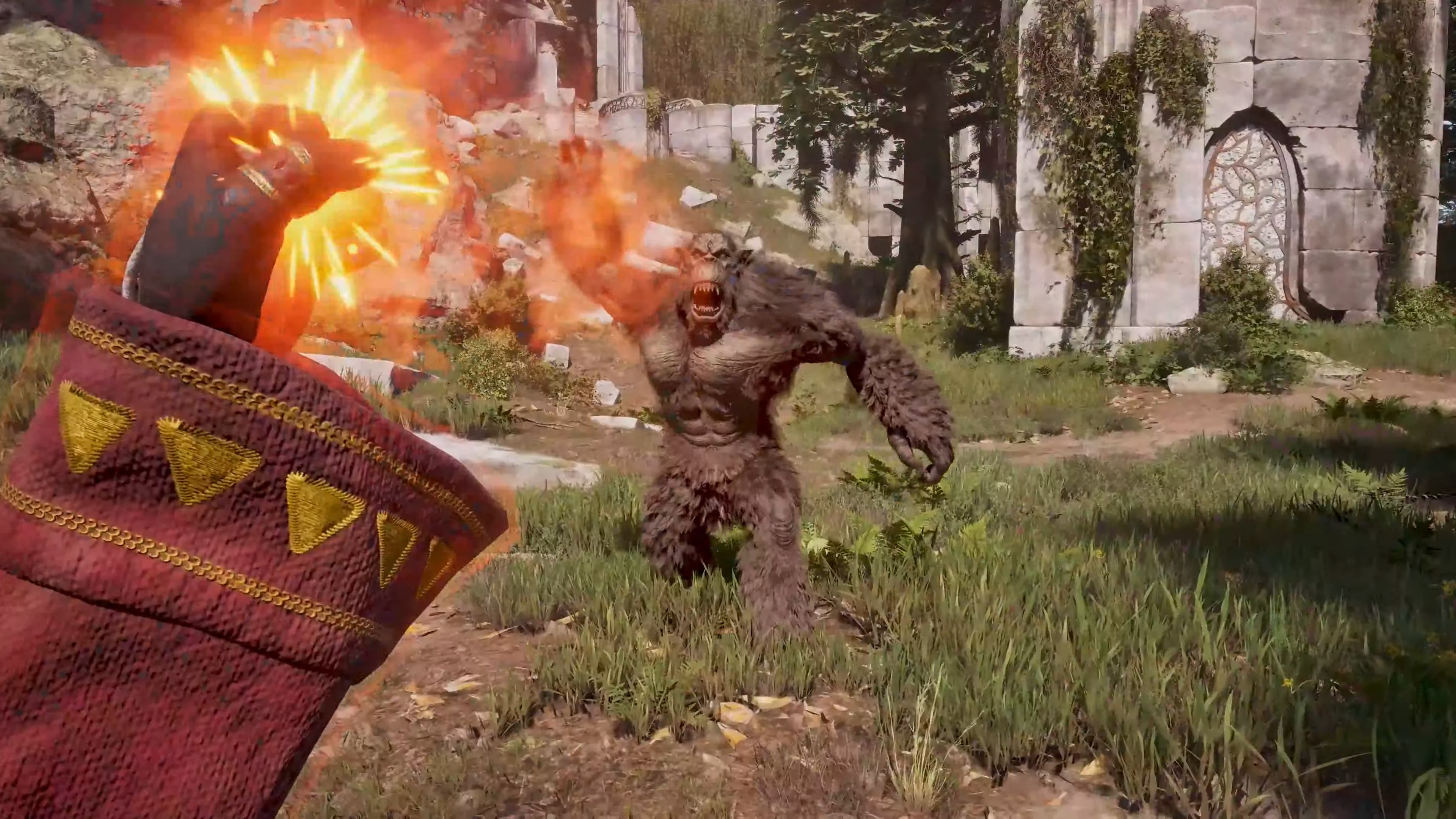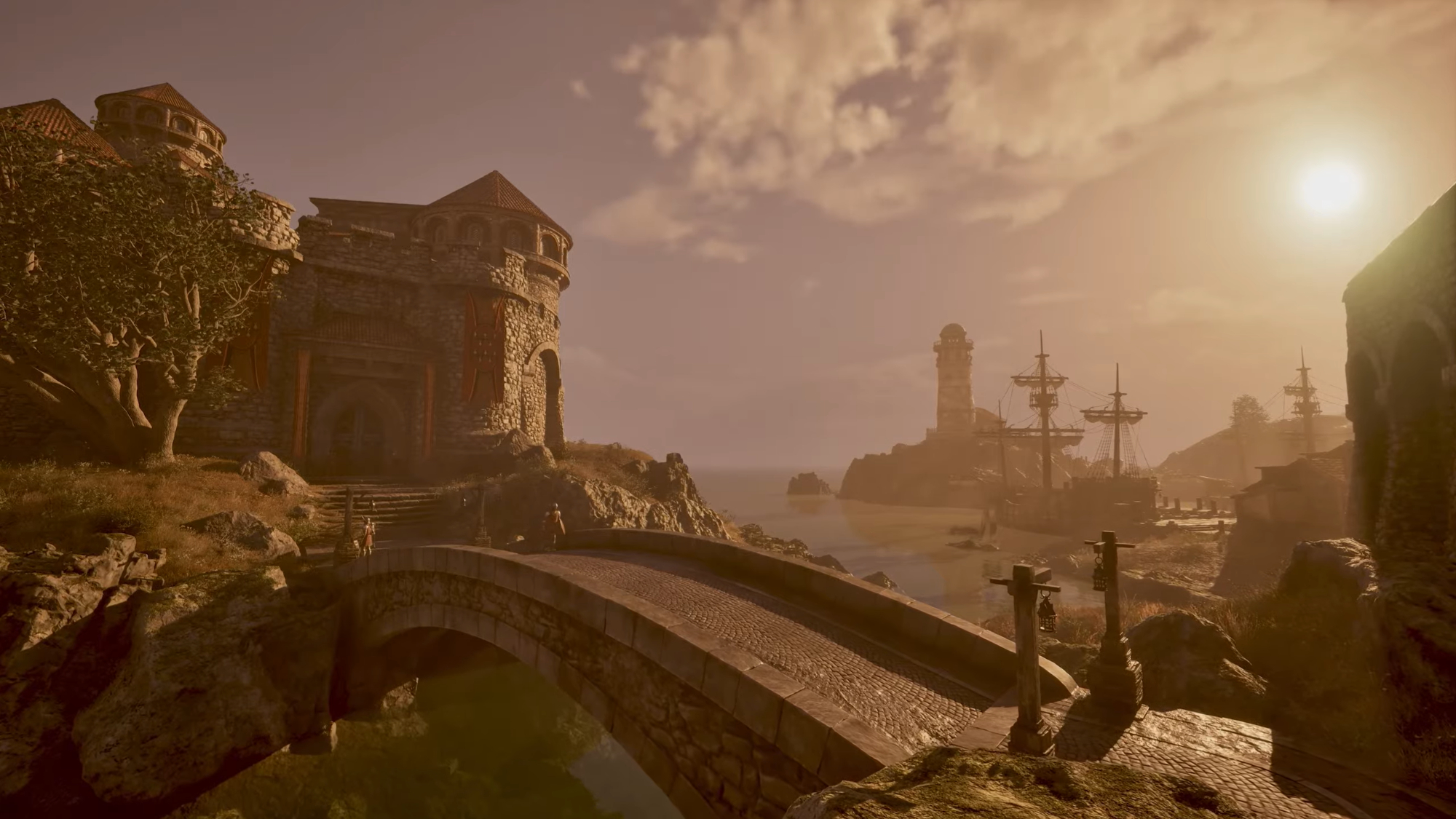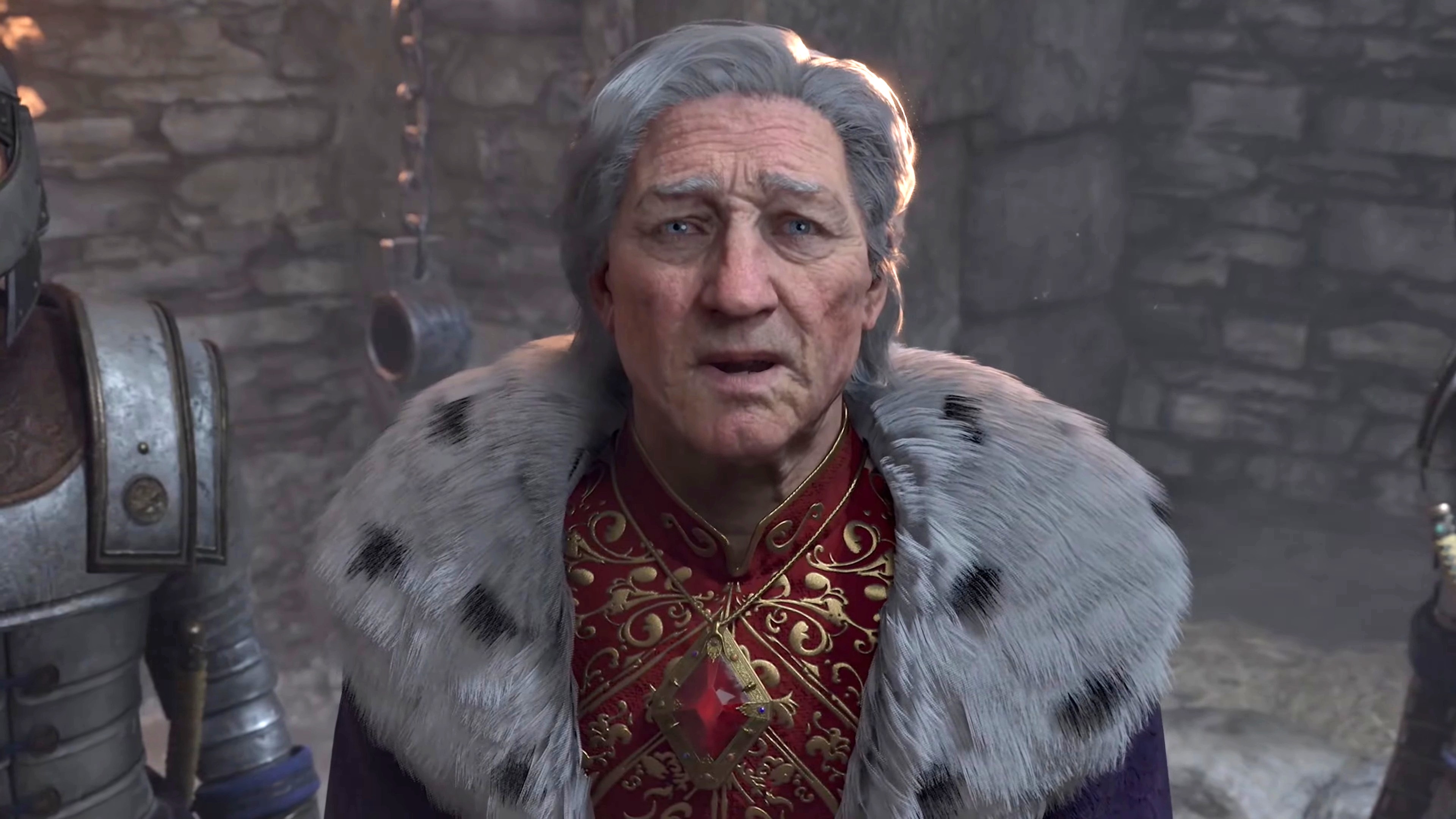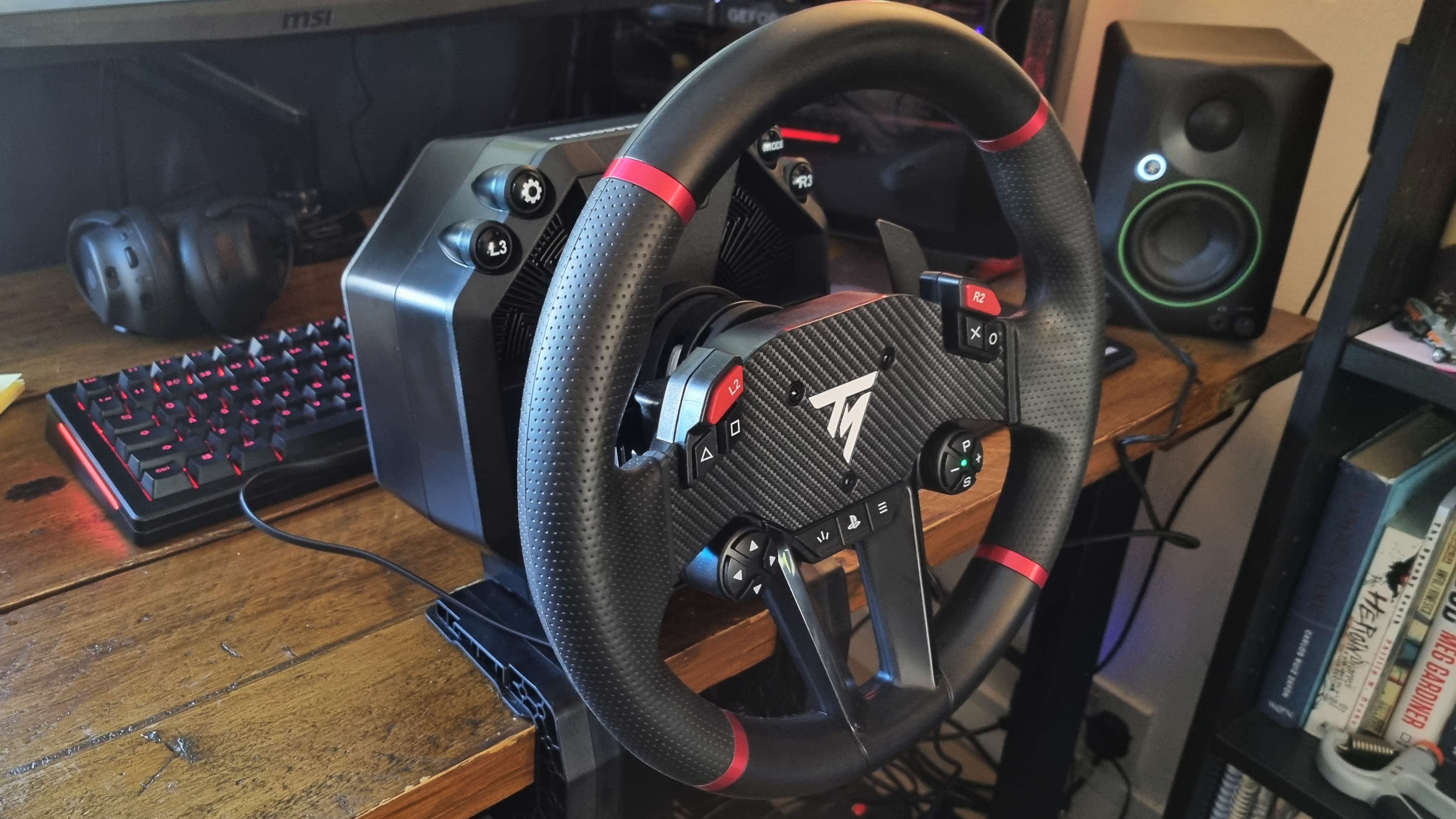
Songs of Silence trades some 4X grit for auto-battling, comprehensible cards and impeccable style.
Let’s be honest here—the fantasy 4X strategy genre is an intimidating one. Not just for that initial learning curve, but for the potentially immense time commitment. You could put hundreds of hours into Total War: Warhammer 3 and still see only a fraction of its campaigns. Songs of Silence from German indie outfit Chimera Entertainment feels custom built for people who want to get a good, concentrated taste of the genre but without losing months of your life, and without demolishing your budget either. Plus, it doesn’t hurt that it looks and sounds lovely.
At heart, this is familiar high fantasy strategy in the vein of Heroes of Might & Magic or Age Of Wonders. Turn by turn, you order a handful of heroes and their personal armies around the map, looting and leveling up in battles against roaming neutral monsters and bandits, conquering towns, expanding territory and building up your armies to clash against human or AI-controlled rival kingdoms. Last king (or cosmic horror) standing wins.
Where it differs is in its pacing and scale. The story campaign (a compelling enough tale of a war between primordial and celestial gods in a bifurcated world, with an all-consuming third force of cultists and abyssal demons ruining things for everyone) is a focused eight scenarios, clocking in around a breezy 15 hours total and introducing all of the game’s core mechanics, but pulling fewer punches than you’d think difficulty-wise. A good warm-up for the meat of the game; skirmish and multiplayer battles on randomly generated maps.
Fast-forward fantasy
The biggest divergence from genre norms is the battles. They are fast. Playing out in real-time and often under a minute long with minimal micro-management. While you can set your army’s formation before a fight, you’ve got no direct control over your units once a battle starts. What you do have control of is an assortment of recharging powers, presented as a growing hand of cards. Each hero’s unique abilities (unlocking more as they level up) hugely change the flow of a battle. Cavalry commanders can warp mounted units around the map for quick and disruptive hits, Priests have smaller, weaker armies but can summon a constant stream of free angelic soldiers to harass any target and potentially overwhelm given enough time, and void mages drag enemies out of formation and into pulsing, painful black holes. You’re free to pause time to think (in single-player, at least), but a lot can happen in mere seconds.
Just because it’s lighter and faster than its peers doesn’t mean that it’s lacking in depth, either. While some heroes (across a surprising number of classes) specialize in active battlefield skills, you can alternatively spec into new construction and unit recruitment options. I especially like the looting mechanic too. Money earned from combat doesn’t go immediately into your treasury, but rather into a loot caravan that clutters up the victorious army’s reserve unit slots, and can only be cashed in when returned to a major city. This provides a soft limit on how long a given hero can stay on the front lines, and a tempting reason to push your luck and attack a commander that has been on a winning streak—chances are they’re loaded.
Stealth is also a major mechanic. Units can move invisibly in forests if they only travel at half their maximum rate. This lets them skirt encounters that they might find too dangerous, but bumping into a concealed enemy also begins an ambush, with the surprised army facing the wrong direction and with all their action cards on long cooldown. You would not believe how long 10 seconds can feel when your trebuchets are sitting helpless and exposed to an incoming cavalry charge.
It goes without saying that Songs of Silence is a very handsome game. The 3D units in battle aren’t the most detailed of models, but they’re creative, distinct designs, especially once you get to the really big late-game monsters and superweapons. The bigger celestial units are impressively weird and alien, and the abyssal monsters are a mix of horrible flesh-beasts and ambulatory ectoplasmic blobs supported with bits of skeleton, giving them a visually distinct presence.
The art of war
Every piece of 2D art is an absolute treat for the eyes, especially the full-screen faction pieces and cutscene animatics, the sharp comic-adjacent line work filled in with soft watercolor shading—there’s a real sense of visual identity here. The soundtrack is also excellent, albeit a little less distinct if you’re played too many strategy RPGs already. Prolific Japanese composer Hitoshi Sakimoto is here playing to his strengths, and most of the tracks here echo his work on the Valkyria Chronicles series, full of rousing horn-heavy marches, fanfares and his trademark use of bells. Decades of familiarity have yet to breed any contempt though; this stands head and shoulders above most strategy RPG soundtracks.
One thing that has earned a little contempt in users’ reviews is that many of its features and options are locked behind achievements, even in multiplayer. Which means if you want to host a multiplayer game, you’ll not have many Fates (skirmish/multiplayer rule mutators) or starting hero classes to pick from. While a decent enough reason to play some of the story campaign or skirmish mode first, some of them do have pretty demanding requirements to unlock. While this is like catnip to a goal-driven creature like me (it’s a great excuse to bounce between characters, modes and play-styles) I can understand those frustrated at having so much of the game they just bought kept under lock and key initially.
I’ve still got plenty more of Songs of Silence to dig into, but as someone surrounded by games demanding 70+ hours of time commitment, this has been a breath of fresh air. For those deep in the strategic sauce with the likes of Age of Wonders 4 or Total War: Warhammer 3, Songs of Silence might seem like it doesn’t have much to offer, but for newcomers to the genre, or just strategy fans looking for something lighter and more suited to single-sitting multiplayer sessions, there’s a lot to like here. There’s also more on the way, with free standalone scenario missions, more skirmish map variety and some paid DLC already in the pipeline. But only time will tell if this one manages to carve out a space as a perennial multiplayer pick.


